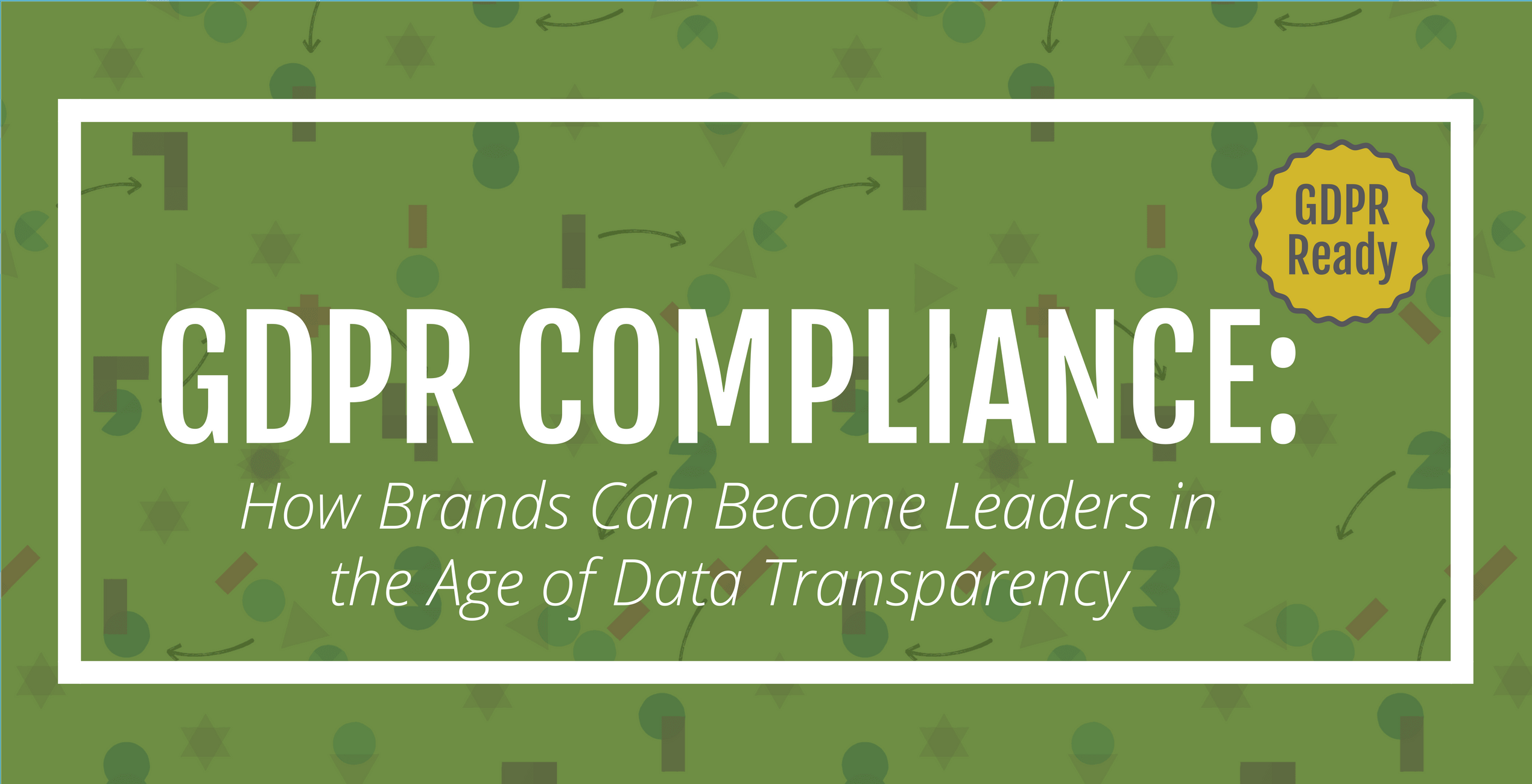This post is part of our series: Find Out Fast If Your Business is GDPR Ready. Our goal is to help businesses make sense of privacy and data. AE is your Babel Fish for GDPR Legalese.
The flip side of the onerous GDPR regulations is the new opportunity they’ve created for brands to be leaders.
Marketers who adapt to these changes quickly will be able to build a new layer of trust for their brand, and emerge from this transition as industry leaders.
With the added transparency of GDPR, marketers are being called to deliver on their promises, and provide real value in exchange for connecting with customers.
This means, as a marketer, you’re going to have to get more creative with how you capture opt-ins, collect data, and use that data. These new pressures are also an opportunity for your brand to become a leader and actually increase engagement from your customers.
A big reason for these regulations is the increase in unwanted emails we all receive every day. People were being messaged endlessly, through all channels, with content that they unknowingly “opted in” to.

The deluge of unwanted content was becoming unbearable!
With the removal of some offers, the noise may die down, but there will be a new opportunity to be seen, if you’re prepared to offer something remarkable.
Thoughts on Leveraging Data in the the Age of Transparency

Let’s use a Spotify Pre-Save campaign as an example.
When it comes to collecting customer data, there are a few options at hand. Say you’ve created a curated Spotify Playlist and used a Pre-Save campaign to generate thousands of signups. Because of the opt-in context, you’re only allowed to use your customers’ data for this Spotify campaign. You cannot send them additional information that they did not consent to.
So, how do you leverage the customer data you’ve been given, within the context you’re allotted? This involves digging into your data a little deeper.
Here’s the data you get when you use AE’s Spotify social login:

Here’s what you’ll see of users’ activities with AE’s Spotify social login.
Use this data and take the opportunity to give value back to your customer. For instance, send them a message about the track they’ve listened to, and ask if they’d like more music from similar artists.
Take the time to create a more personal relationship, acquire more data to segment your customers with, and message with content they actually care about.
This level of communication is vastly different from what marketers have been doing recently. They overlooked building genuine relationships because it takes more time, and opted for a more transactional strategy: sending emails to push a purchase.
In the age of data transparency, pushing a sale must come secondary to building the relationship. You need to use the data at your fingertips and work within the context of your opt-in process. By doing this, you’ll build more meaningful relationships with visitors, and slowly gather the information needed to upsell, cross sell, and offer a sale, when it’s time.

Focus on building meaningful relationships with your customers, rather than trying to push a sale.
The difference: you’re now focusing on the long game, rather than the short one.
Adapt Early and Customers Will Love You
As this approach becomes more popular and customers understand the various levels of data consent, they’ll become more sensitive to how their information is being used.
Marketers who take a cautious and considerate approach (i.e. asking permission to contact for reason X), will gain more trust for their brand.
This new wave of marketing is all about taking the data you have and using it to form relationships with individuals before sending them sales-driven content — not pushing your message out to as many people as you can.
This will be an adjustment for many marketers. But the payoff may be a better relationship with a more invested audience. Better to make these changes as an early adopter and industry leader, rather than just trying to keep up with the pack.
***

